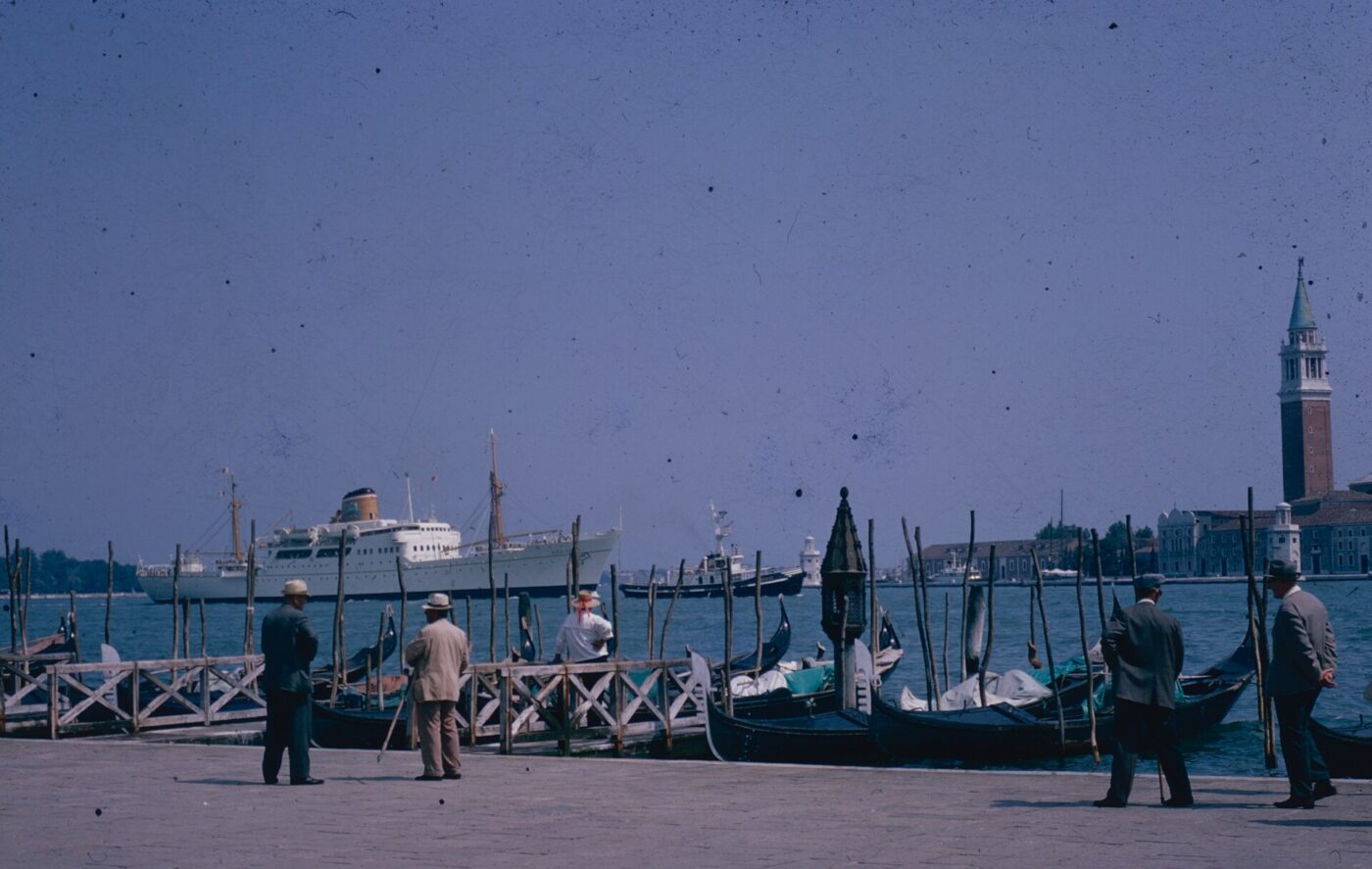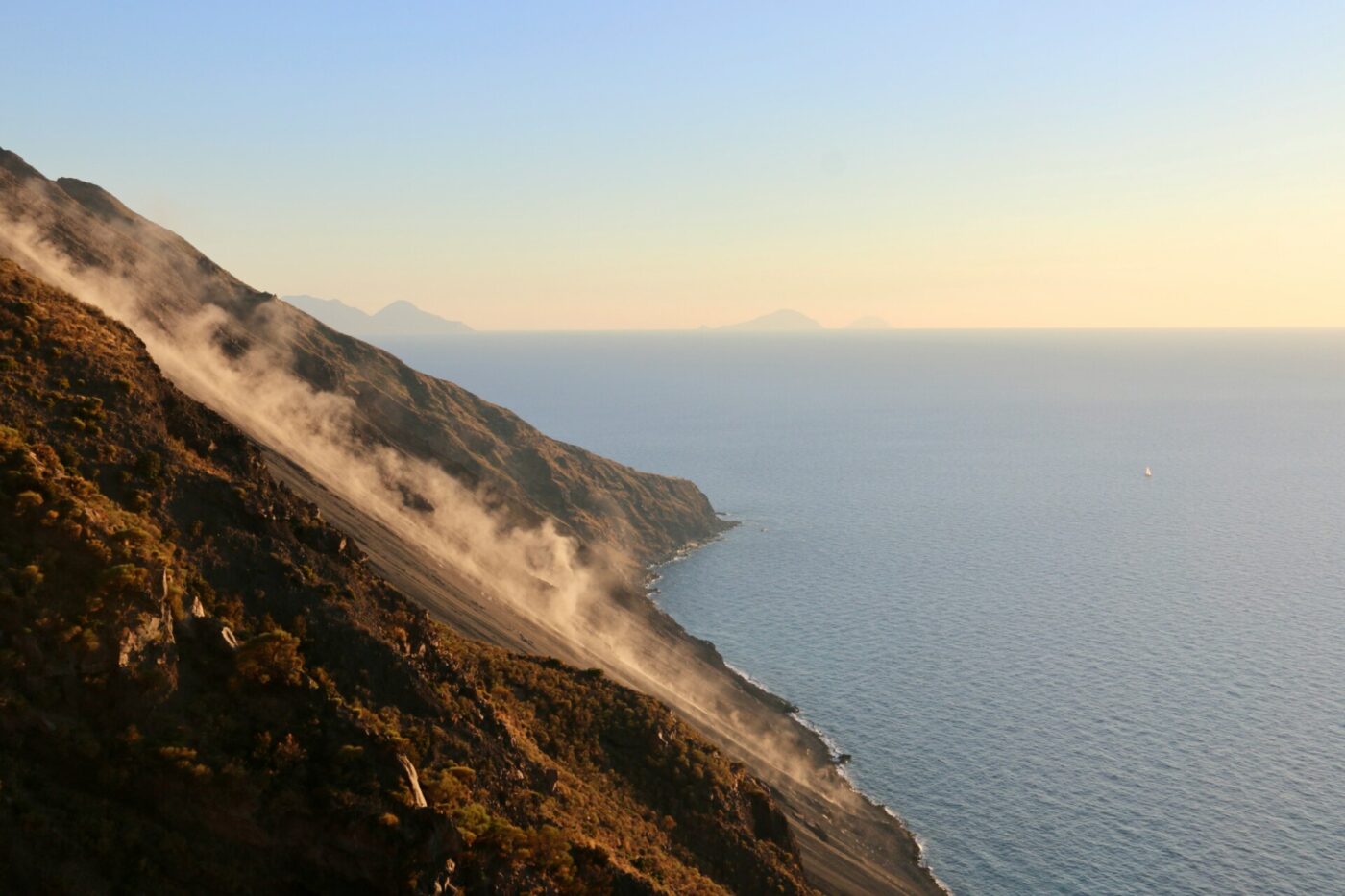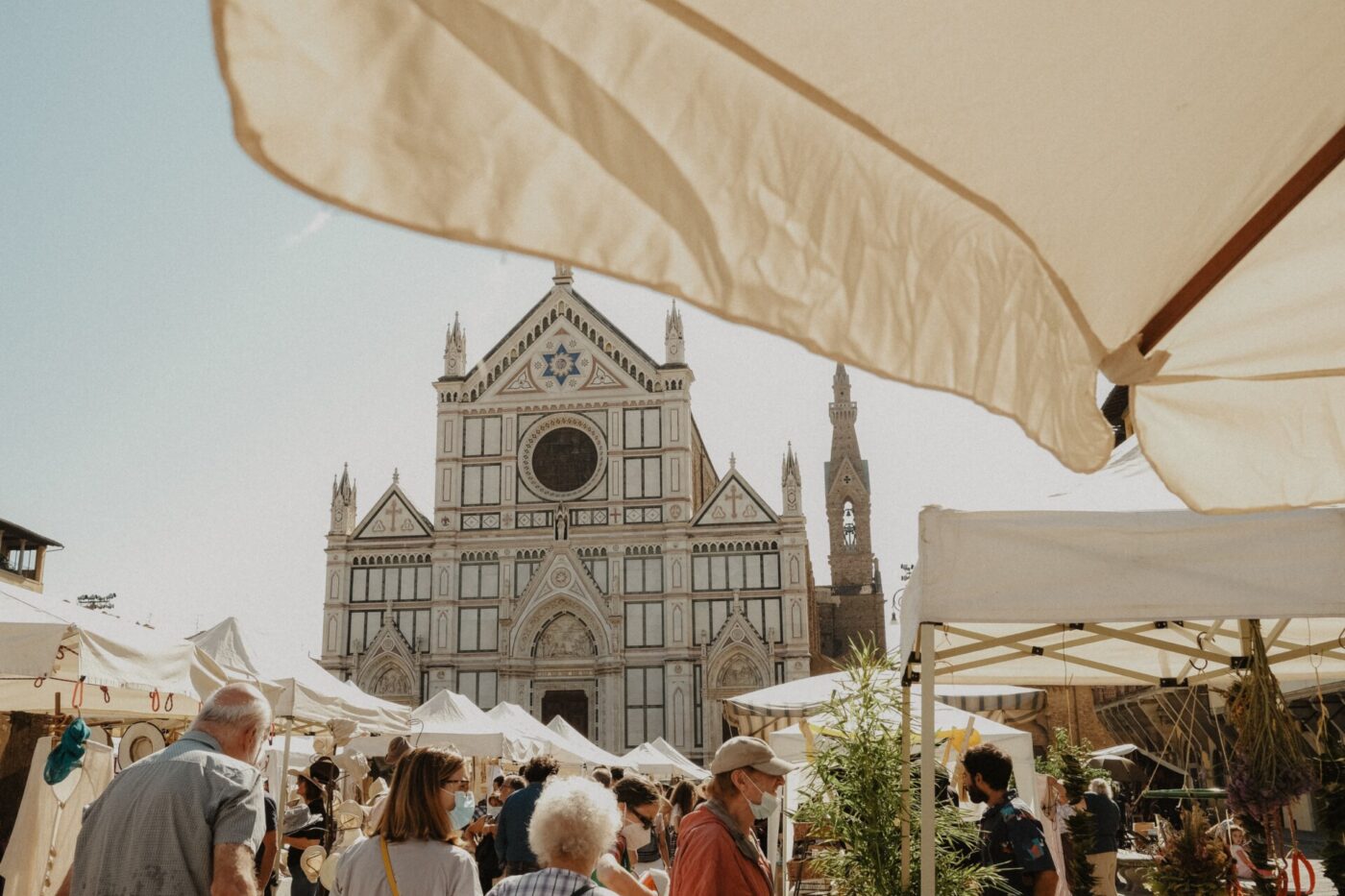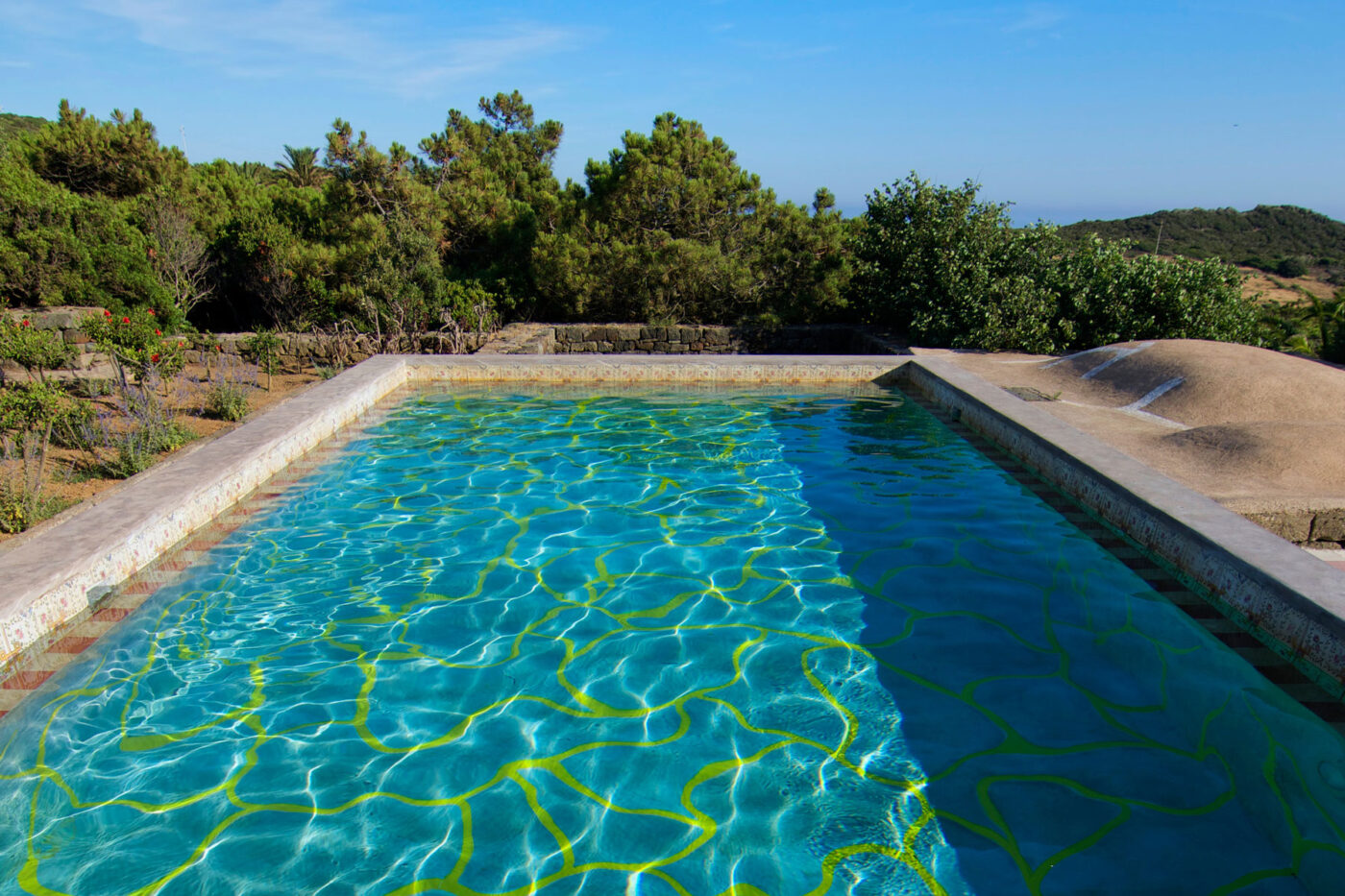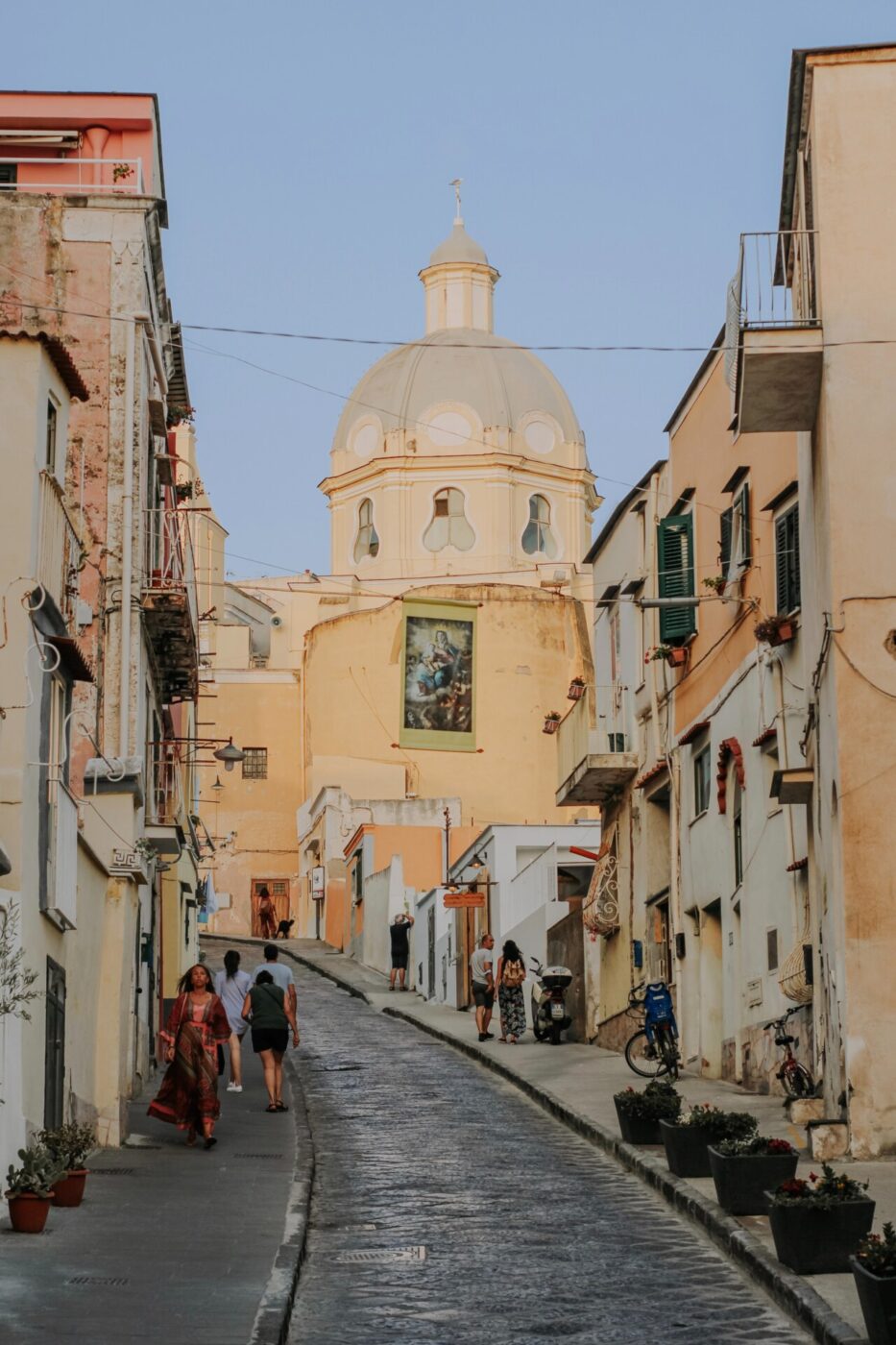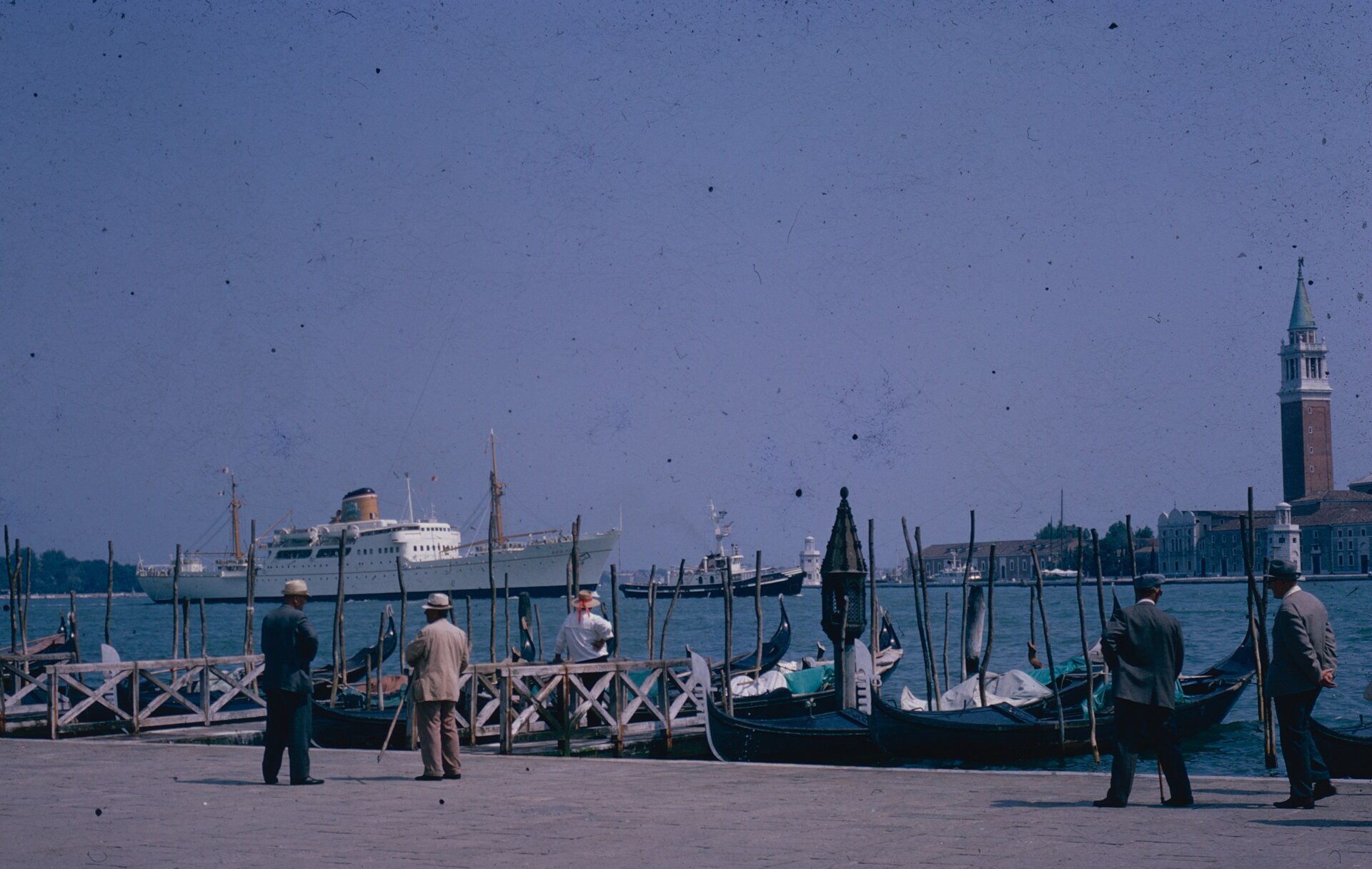
Venice
ROMANCE
Best Kiss: Monica Vitti and Alain Delon in L’eclisse (1962) by Michelangelo Antonioni… the tension between the two, as they kiss through a glass window, is just *chef’s kiss*.
Best Cinematic Couple: Marcello Mastroianni and Sophia Loren (they played couples in 14 films! Our favorites include Matrimonio all’Italiana and La moglie del prete).
Best Strip Tease: Ieri, oggi, domani (1963) by Vittorio de Sica–another with the aforementioned best couple. (And we’d give another award to Sophia Loren’s garters and thigh-high, sheer stockings if we had room!)
Best Story of Self Love: Pane e Tulipani (2000) by Silvio Soldini. A housewife from Pescara is forgotten by her husband and children at an Autogrill. She takes the train to go home, but heads in the wrong direction and finds herself in none other than the floating city of Venice.
Best Behind-the-Scenes Secret: You’ve seen the iconic Trevi fountain scene from La Dolce Vita (1960, Federico Fellini) a million times, but you probably didn’t know that sturdy Swede Anita Ekberg pranced through the fountain’s freezing waters for hours of filming without complaint, while the terrified-of-the-cold Italian Marcello Mastroianni wore a wetsuit under his clothes and downed a bottle of vodka to stay warm!
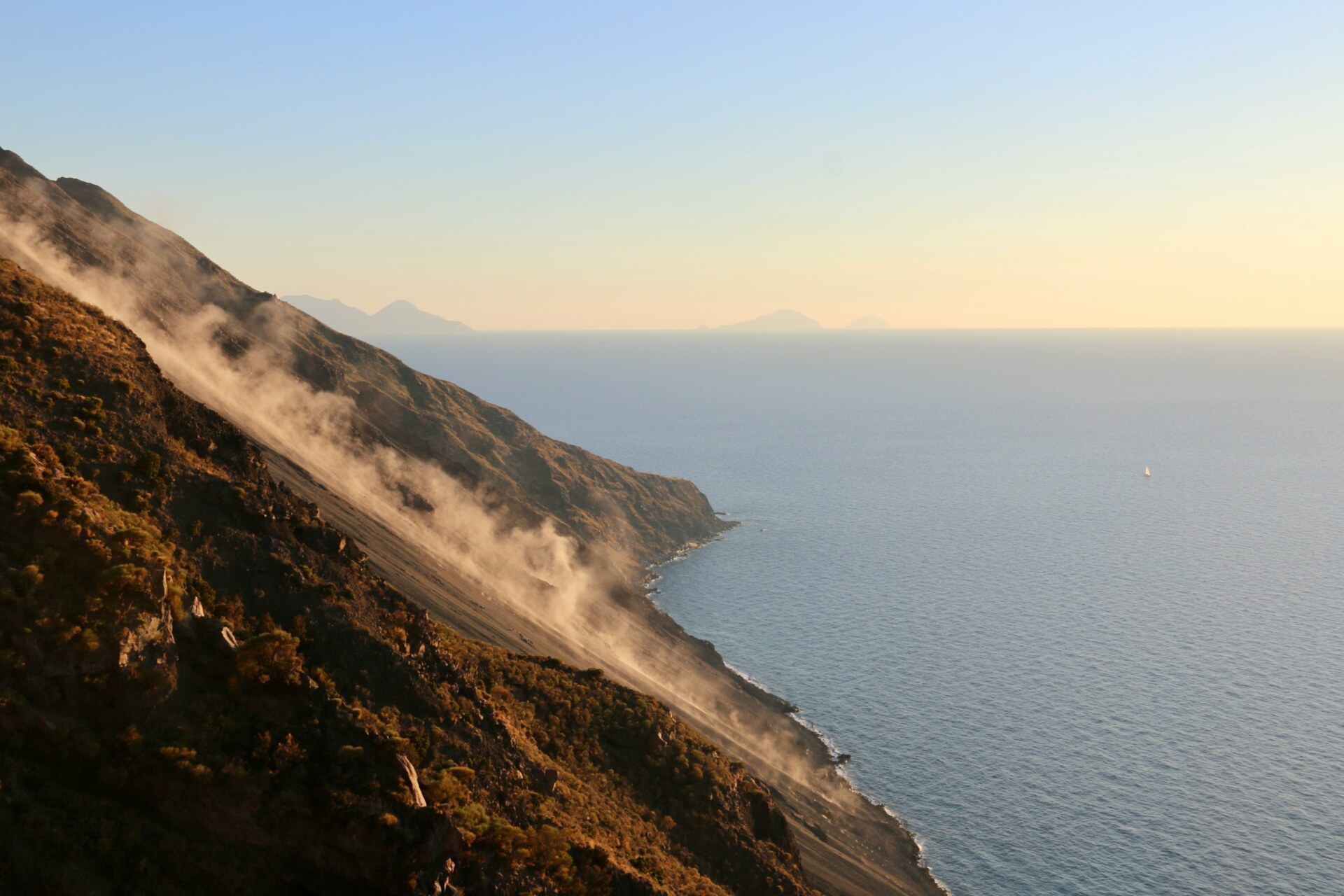
The island of Stromboli, featured in Stromboli filmed obviously on the volcanic island
DRAMA
Best Historical Drama: Il Gattopardo (1963) by Luchino Visconti about the Sicilian aristocracy during the years of Italy’s unification. (That glorious grand ball? Staged in Palermo’s Palazzo Valguarnera Gangi. The space can be rented for private functions, though the rest of the palace is a private residence.)
Best Story of Female Friendship: La pazza gioia (2016) by Paolo Virzì follows two women who escape a psychiatric hospital in Tuscany and form an unlikely friendship.
Best Archipelago for Production: The Aeolian Islands! Evidence: Il Postino (1994), partially filmed on Salina; the second chapter of Caro Diario (1993), titled “Islands”; Stromboli (1950), filmed obviously on the volcanic island; L’avventura (1960): that ill-fated yacht cruises around Lipari, Anna disappears on Lisca Bianca, and the cast and crew stayed on Panarea during filming.
Best Heart-Wrenching Scene: No one tears at our heartstrings more than Anna Magnani as Pina, a lower-class woman who fights against the Nazi occupation of her Roman neighborhood, in Roma città aperta (1945) by Roberto Rossellini. Pina’s despair, as she runs down the street screaming “Francesco!”, will always give us goosebumps.
Best Wordless Scene: Yes, there’s a bit of chattering in the background, but the scene in Malèna (2000, Giuseppe Tornatore) in which a group of men rush to light beautiful Malena’s (Monica Bellucci’s) cigarette during wartime Sicily isn’t carried by any real dialogue: the despair in Bellucci’s eyes is what speaks volumes.
HORROR/THRILLER (OR GIALLO)
Best Horror/Thriller Director: Dario Argento (Suspiria! Profondo rosso! Il gatto a nove code!)
Best Credit Scene: Profondo rosso (1975) by Dario Argento. That inverted, freeze-frame shot of Hemmings staring into a large pool of blood–with the iconic music, arranged by Giorgio Gaslini and performed by Goblin–just can’t be beat.
Best Recent Release: Bones and All (2022) by Luca Guadagnino (weirdly equal parts charming and chilling?)
Best Soundtrack: For the horror category, Suspiria (1977, Dario Argento), whose music was composed and performed by Goblin (that title track is terrifying), and for thrillers, L’uccello dalle piume di cristallo (1970, Dario Argento) with a score by Ennio Morricone.
Best Killer: Madre di Carlo (Profondo rosso), played by a magnificent Isa Bellini, a rare female killer, really holds her own against the cinematic world’s scariest.

Santa Maria Novella in Florence featured in Amici Miei by Mario Monicelli
COMEDY
Best Comic Duo: Massimo Troisi and Roberto Benigni in Non ci resta che piangere (1984), also directed by the pair, as friends from the 20th century who accidentally find themselves in 1492. “Un fiorino!” will never not have us in stitches.
Best Slapstick Moment: Is quite literally a slapstick scene. We love all the antics of Necchi, Perozzi, Melandri and Mascetti–childhood friends from Florence–in Amici miei (1975) by Mario Monicelli, but their practical joke of slapping the passengers as a train pulls out of Santa Maria Novella is particularly great (as is their enjoyment at the reactions of the travelers, some of whom look like they want to jump off and slap back!).
Best Underrated Comedy: Viaggi di Nozze (1995) by Carlo Verdone follows three pairs of newlyweds from their weddings to honeymoons–a comedy well-known in Italy that deserves to reach outside our borders! “Come lo famo? Lo famo strano!” (iykyk)
Best Comedian: Antonio Griffo Focas Flavio Angelo Ducas Comneno Porfirogenito Gagliardi de Curtis di Bisanzio, much better known by his pseudonym Totò (closely followed by Alberto Sordi). Between 1937 and 1968, Totò acted in 97 films and wrote screenplays for five–watch any single one to get a sense of his comedic genius.
Best-Known Comedic Line: “Maccherone, mi hai provocato, e mo te distruggo!” (“Maccheroni you provoked me, so now I destroy you!”) –Nando Mericoni (Alberto Sordi) in Un americano a Roma (1954) by Steno

Alba truffle hunters as in The Truffle Hunters
DOCUMENTARY
Best Documentary on an Italian Icon: Ennio (2021) by Giuseppe Tornatore (or if you’d like to hear Morricone’s music in action, check out Spaghetti Western The Good, the Bad and the Ugly or Cinema Paradiso).
Best Sex Education Documentary: Comizi d’amore (1965) by Pier Paolo Pasolini. Pasolini interviews Italians around the country–soldiers, students, a soccer team–on their sex lives, covering taboo topics like divorce, homosexuality, sexual discrimination… quite scandalous at the time!
Best Documentary with Canine Characters: The Truffle Hunters (2020) by Michael Dweck and Gregory Kershaw… the stars of this doc are the truffle hunting dogs who accompany a group of elderly men searching for white Alba truffles in the Piedmontese forest (though the cinematography, the hunters themselves and the food are all pretty great too).
Best Historically-Censored Documentary: Essere donne (1965) by Cecilia Mangini interviews female workers across Italy on subjects like abortion, childcare, unionization and boycotting. The doc was commissioned by Communist production company Unitelefilm and censored by the Commissione Ministeriale for “technical and artistic deficiency” (we beg to disagree).
Best Film Adapted from a Documentary: L’incredibile storia dell’Isola delle Rose (2020) by Sydney Sibilia (adapted from Isola delle Rose, la libertà fa paura, 2009, by Stefano Bisulli and Roberto Naccari).
Surprise! A bonus section for some of our favorite international productions set in Italy:
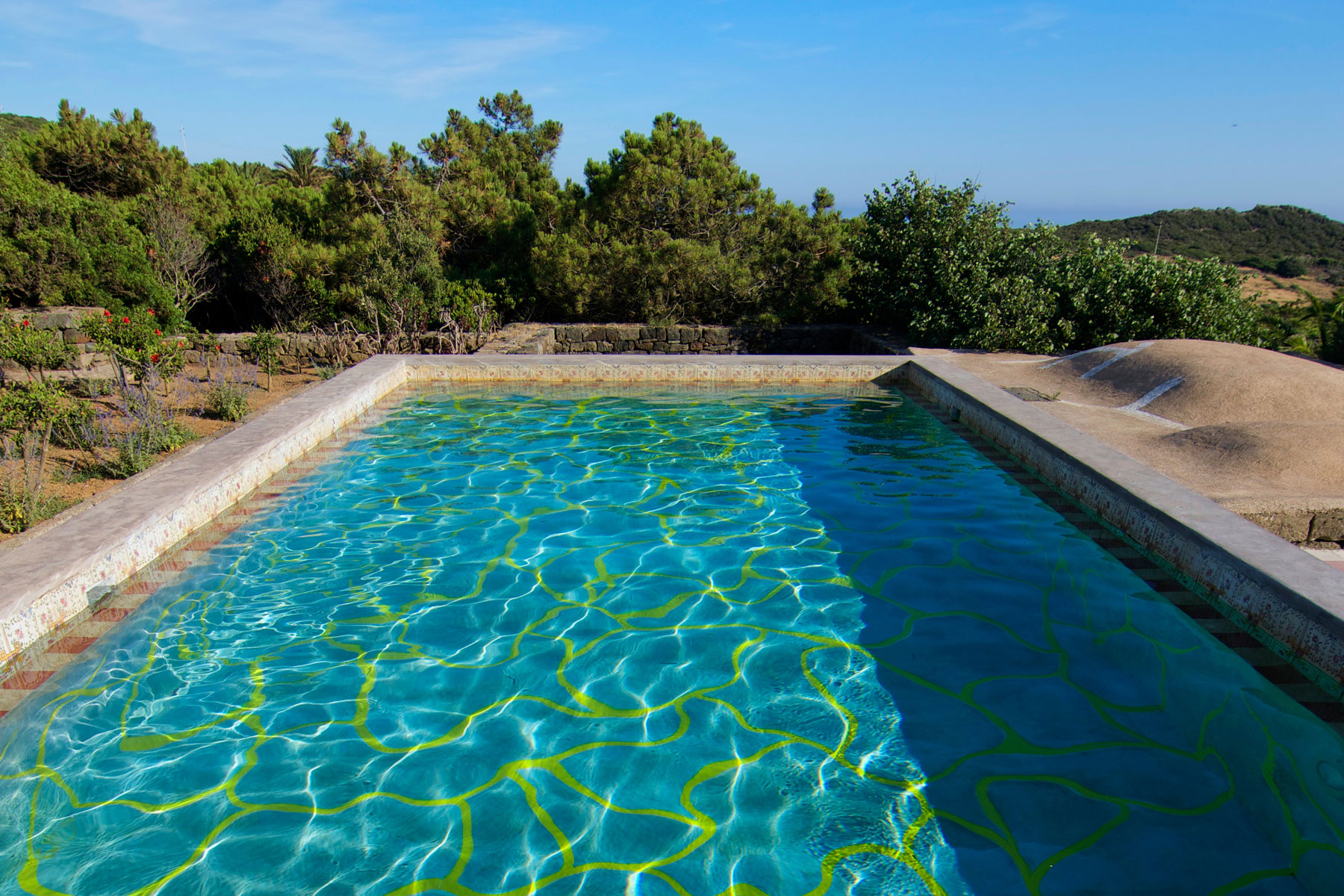
Pool featured in the Bigger Splash, Courtesy of Tenuta Borgia
BEST FOREIGN FILMS SET IN ITALY
Best Car Chase: The Italian Job (1969) by Peter Collinson. The final, epic chase–Mini Cooper S’ vs. Fiat 500s–gets us some pretty great shots of Turin! (Fun fact: the roof-to-roof jump stunt was performed atop the Fiat factory. Much of the crew walked off set, believing the trick was too dangerous, and factory employees made the sign of the cross before filming.)Best Swimming Pool: The sparkling, sexy, private swimming pool of remote Sicilian island Pantelleria’s Tenuta Borgia, the star of A Bigger Splash (2015) by Luca Guadagnino (a loose remake of La Piscine, 1969, by Jacques Deray).
Best Sicilian Scenes: Though the mafia classic The Godfather (1972) by Francis Ford Coppola is mostly shot in New York City, the scenes from Sicily–primarily the town of Savoca–are pretty epic; check out Chiesa di San Nicolò, where Michael and Apollonia are wed, or Castello Degli Schiavi (in Fiumefreddo), where Apollonia meets her end.
Best Stereotypical Movie That We’re Not Mad About: Roman Holiday (1953) by William Wyler has all the trappings of a cliché, fairytale-esque representation of Italy–the vespa ride, the gelato, the dancing along the Tiber–and yet the movie manages to be ultimately endearing. Roman Holiday has been accused of trivializing Rome, but we dare to argue that it’s not the tropes themselves that are damaging, but their overuse and, accordingly, the foreign expectation that this is all there is to our country. But, as the first Hollywood movie shot entirely on location abroad, Roman Holiday just can’t be to blame: it was the originator of this flavor of Italian cheesiness. As such, we just can’t help loving the movie (and its beautiful shots of our capital).
Best Movie Whose Location Is As Good-Looking As Its Main Characters: We drool over the stunning shots of Campanian island Ischia just as much as we do over stars Jude Law, Gwenyth Paltrow and Matt Damon in The Talented Mr. Ripley (1999) by Anthony Minghella. (Naples, Alain Delon and Marie Laforêt aren’t too shabby either in Purple Noon, 1960 by René Clément, the first cinematic adaptation of the novel!)

